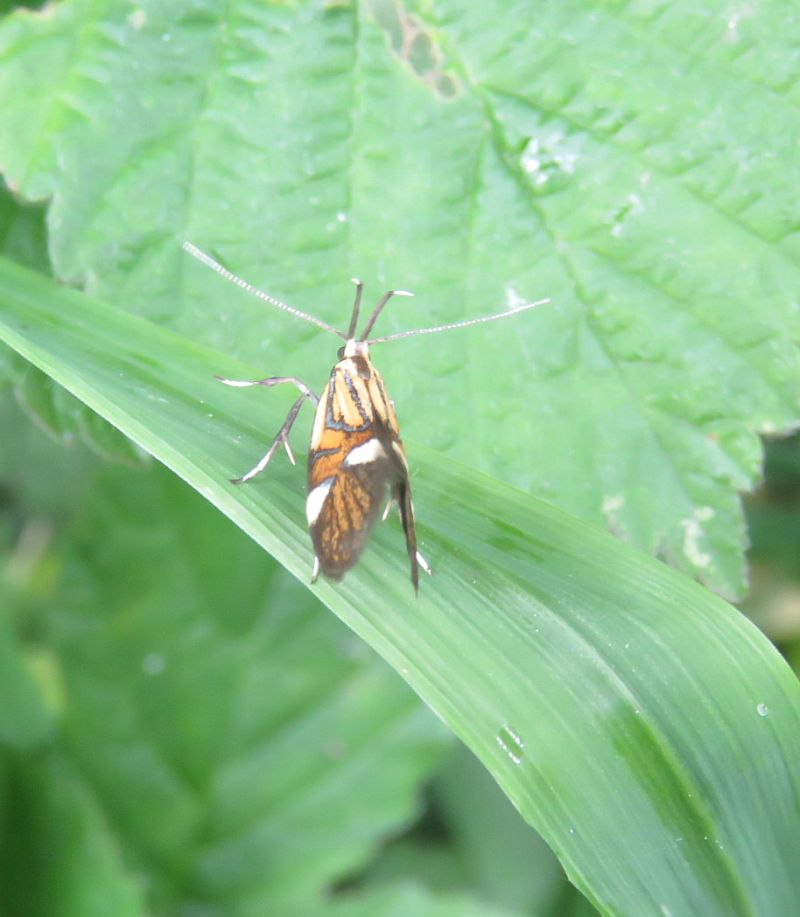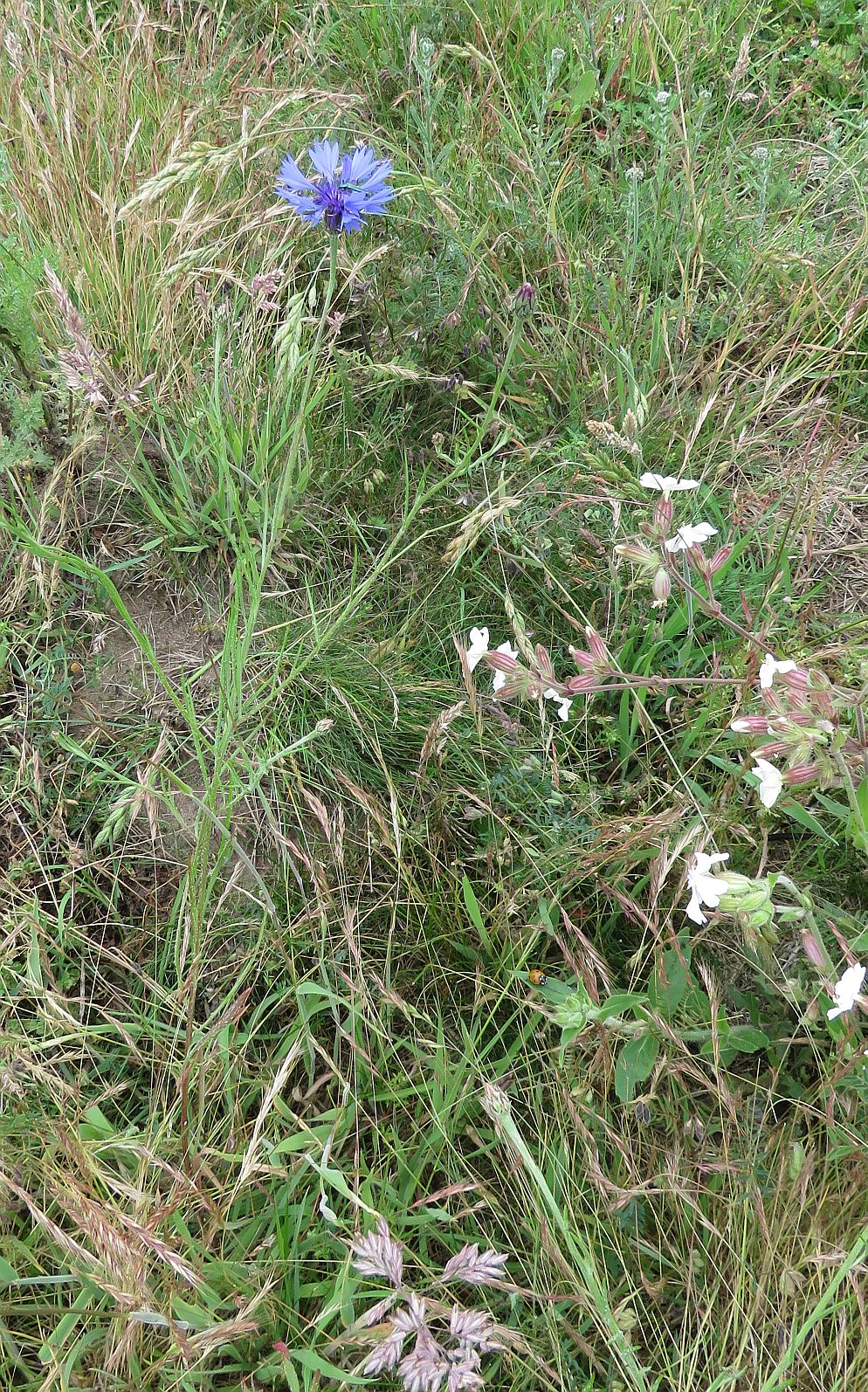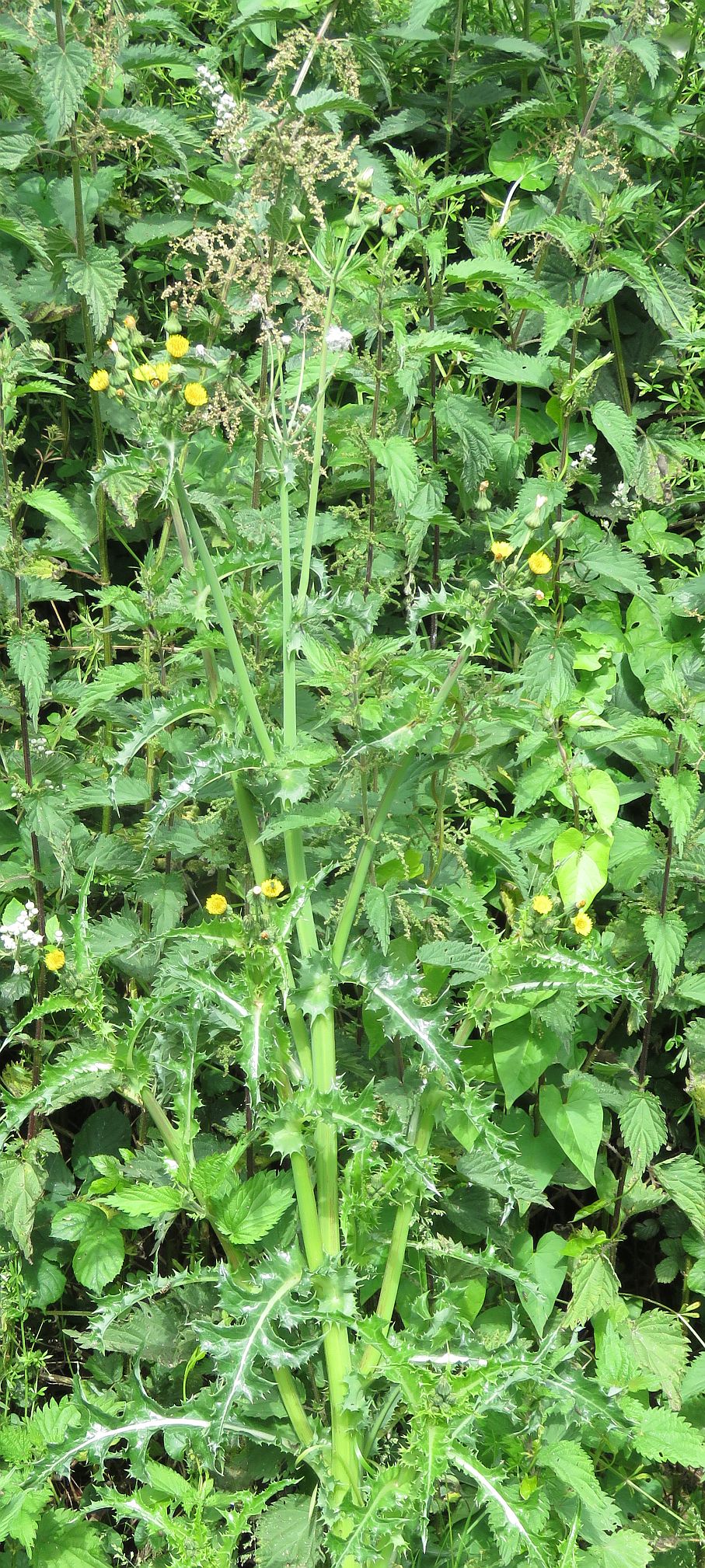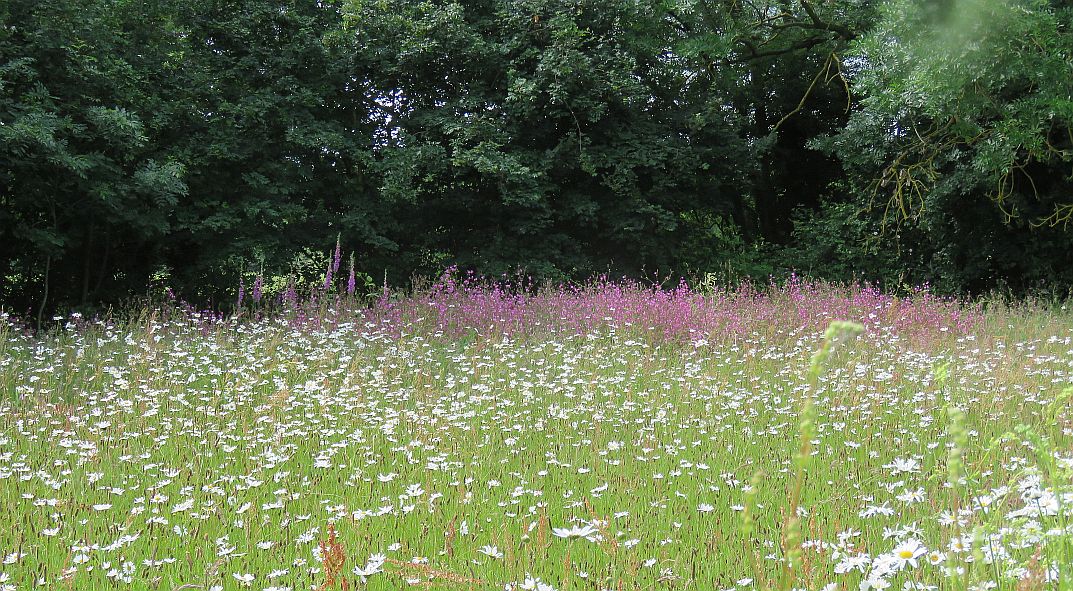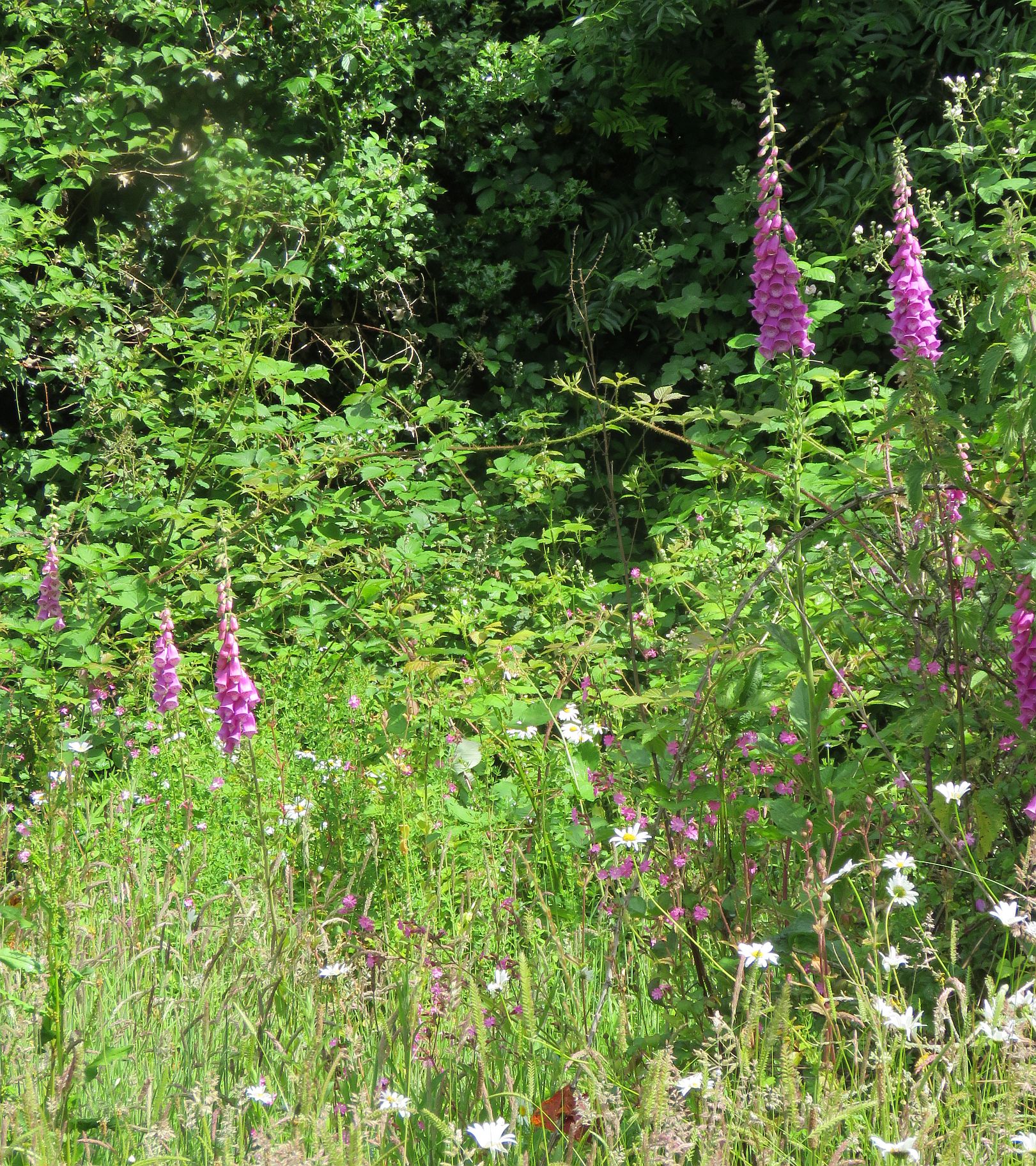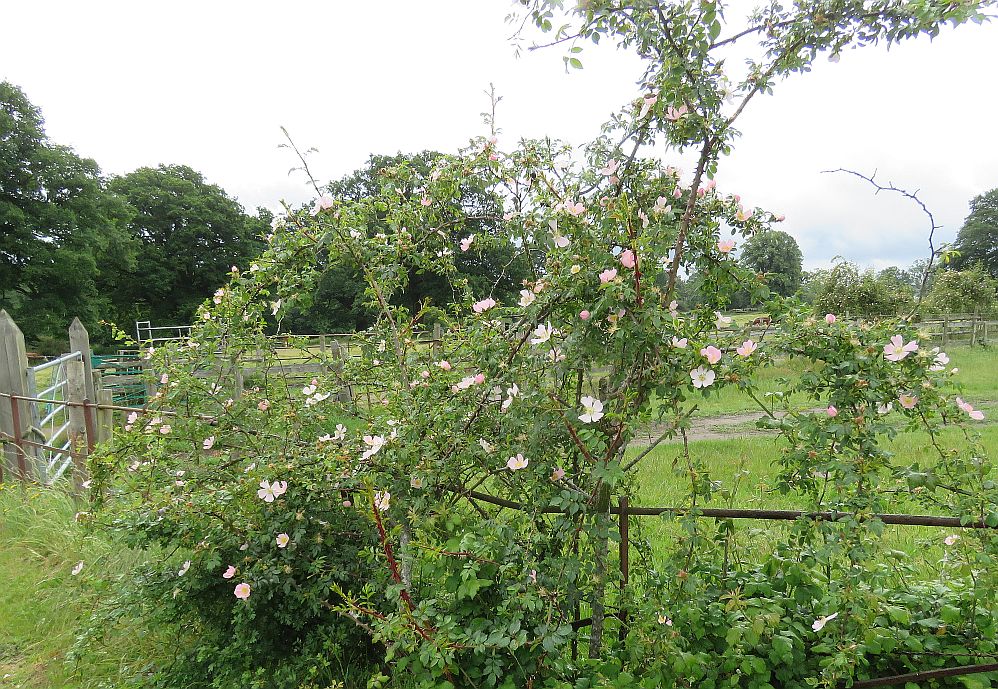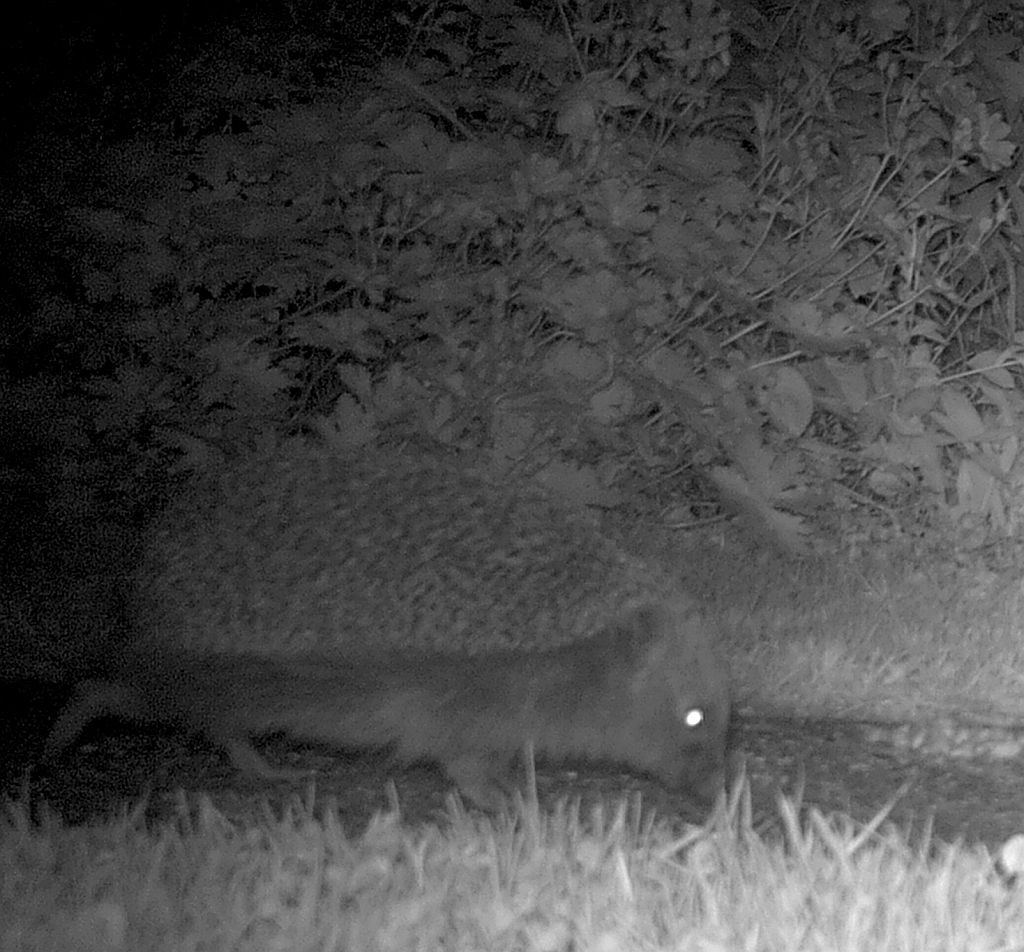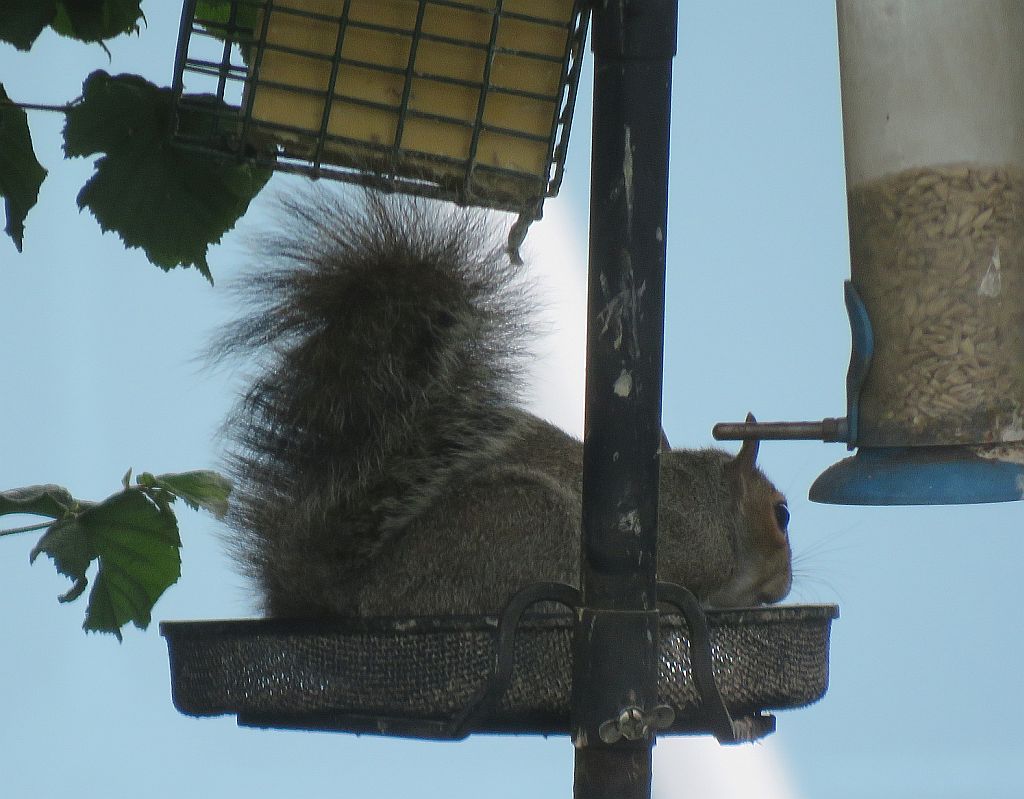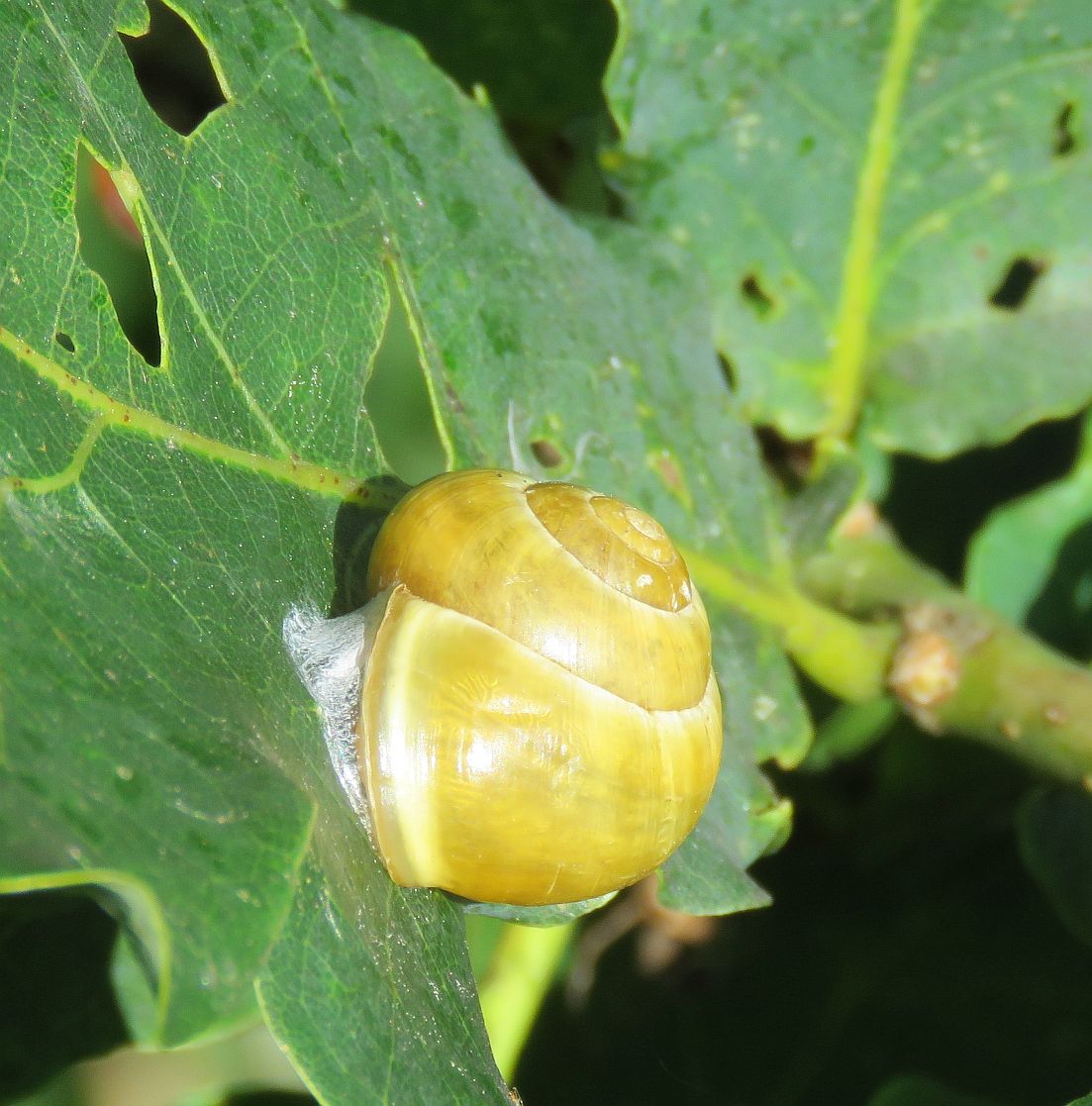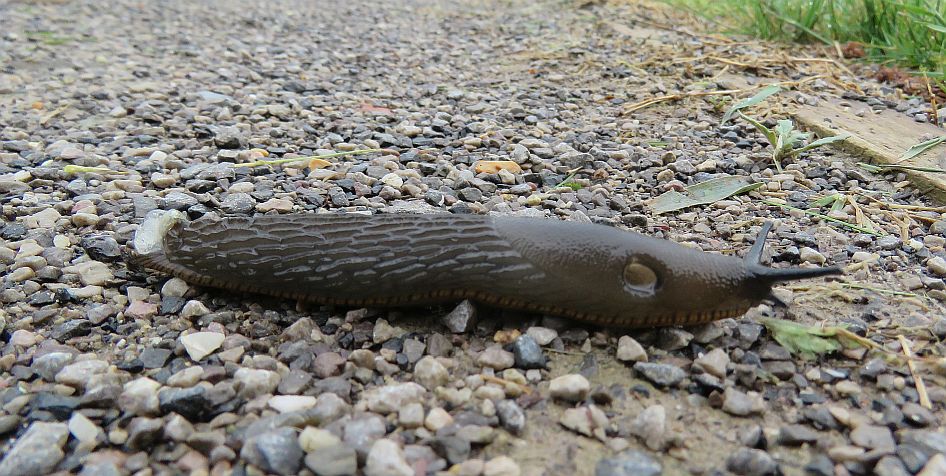29/06/19
A male Barn Owl was seen in Area 10 byCaroline Moore .
28/06/19
A Juvenile Coal Tit was visiting my Area 5 feeders this morning.
27/06/19
On the beach by the Dinton Activity Centre in Area 10 a Common Sandpiper was seen by Fraser Cottington.
24/06/19
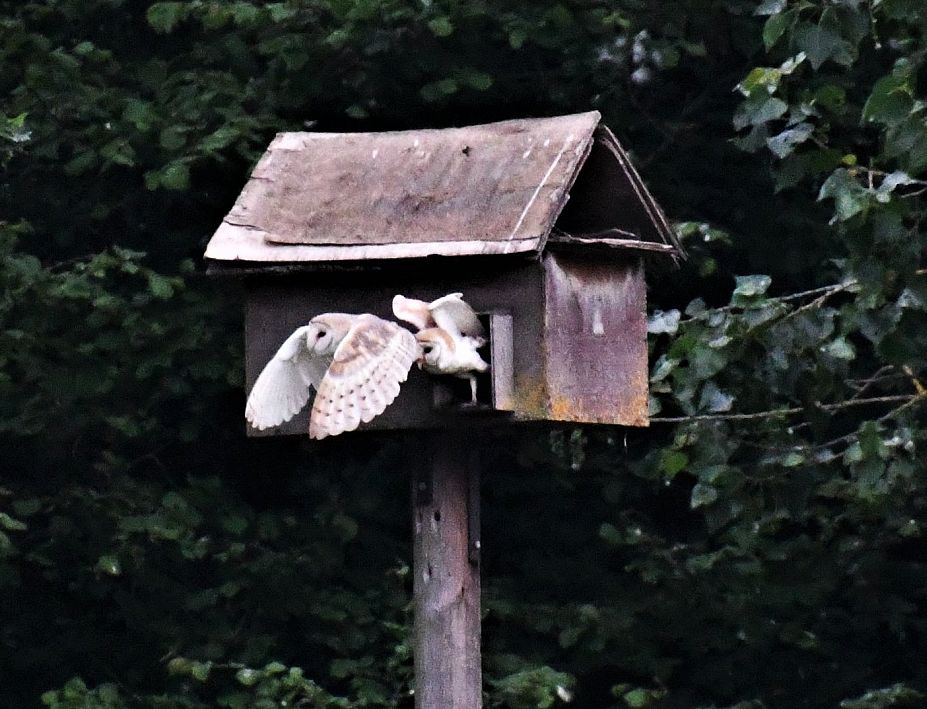 Just because you cant get enough of them, 2 Barn Owl were seen leaving the box in Area 10 by Linda Miller. Photo courtesy of Linda Miller.
Just because you cant get enough of them, 2 Barn Owl were seen leaving the box in Area 10 by Linda Miller. Photo courtesy of Linda Miller.
23/06/19
 A juvenile Goldfinch was visiting the Sunflower hearts at my Area 5 garden feeders this morning, another sign of a successful breeding year. A Kestrel , Lapwing and Black Redstart were seen in Area 7 by Paul O'Neill. A Barn Owl was quartering the field adjacent to Lavells Lake in Area 10 seen and photographed by Stephen Power.
A juvenile Goldfinch was visiting the Sunflower hearts at my Area 5 garden feeders this morning, another sign of a successful breeding year. A Kestrel , Lapwing and Black Redstart were seen in Area 7 by Paul O'Neill. A Barn Owl was quartering the field adjacent to Lavells Lake in Area 10 seen and photographed by Stephen Power.
22/06/19
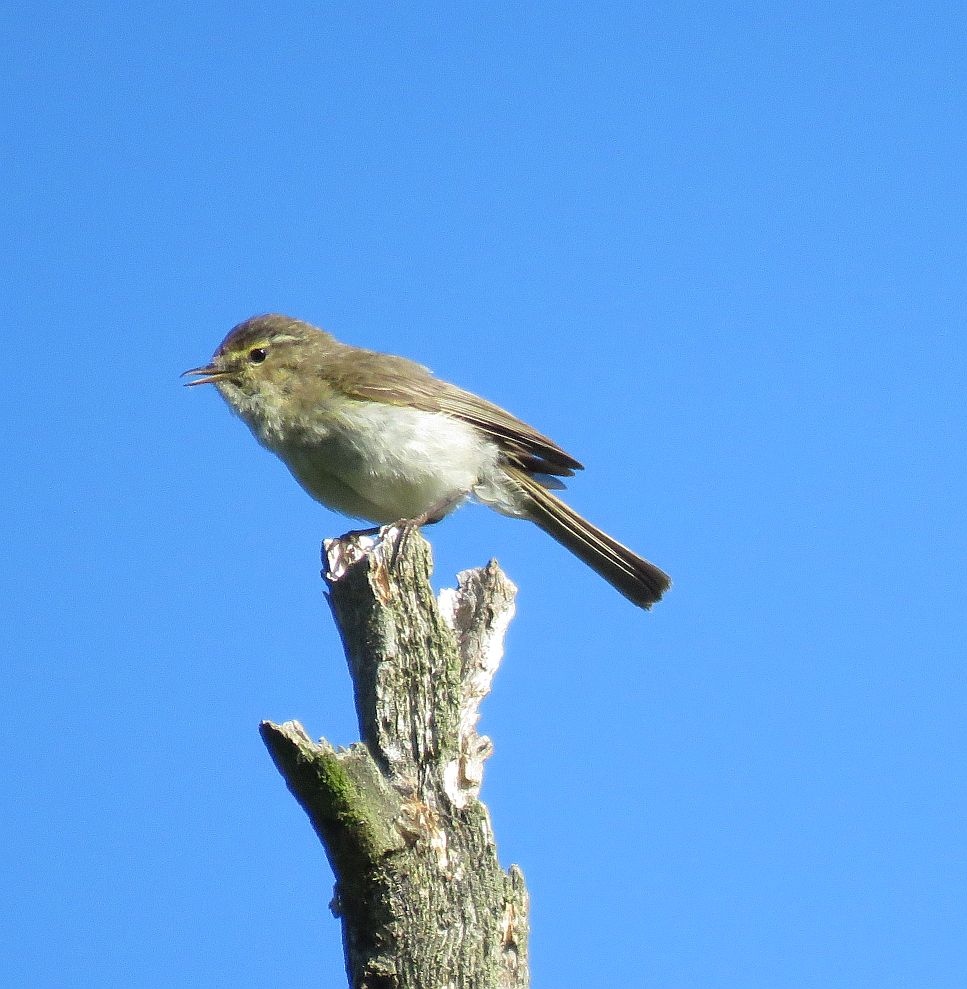 A juvenile Coal Tit was visiting the fat feeder in my Area 5 garden this morning. On my way to get the newspaper from Morrisons, both a male Blackcap and male Chiffchaff were heard singing alongside the river.
A juvenile Coal Tit was visiting the fat feeder in my Area 5 garden this morning. On my way to get the newspaper from Morrisons, both a male Blackcap and male Chiffchaff were heard singing alongside the river.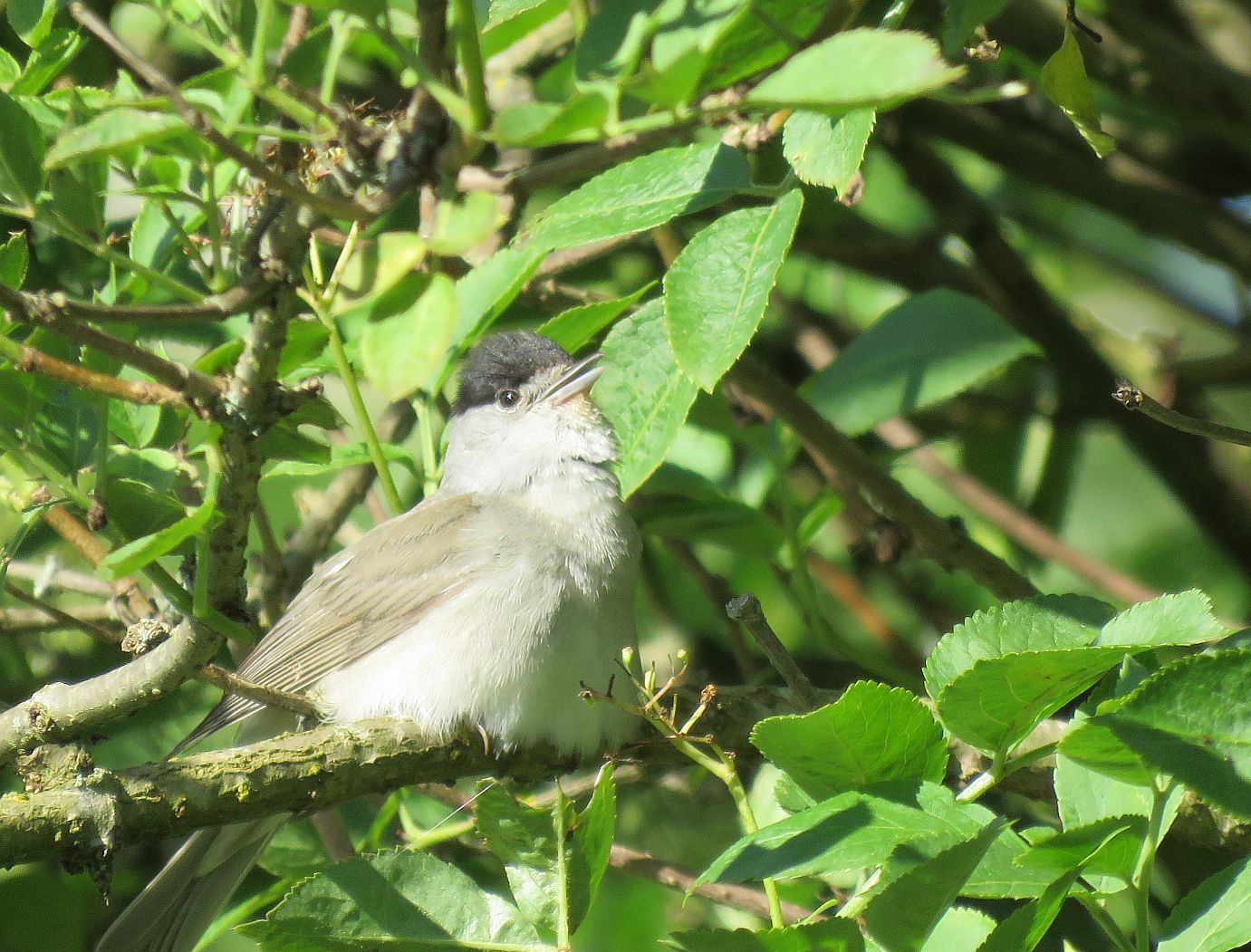 . This or another Male Chiffchaff has been singing every day for the last 2 months. A Kestrel was seen over Area 7 by Paul O'Neill.
. This or another Male Chiffchaff has been singing every day for the last 2 months. A Kestrel was seen over Area 7 by Paul O'Neill.
21/06/19
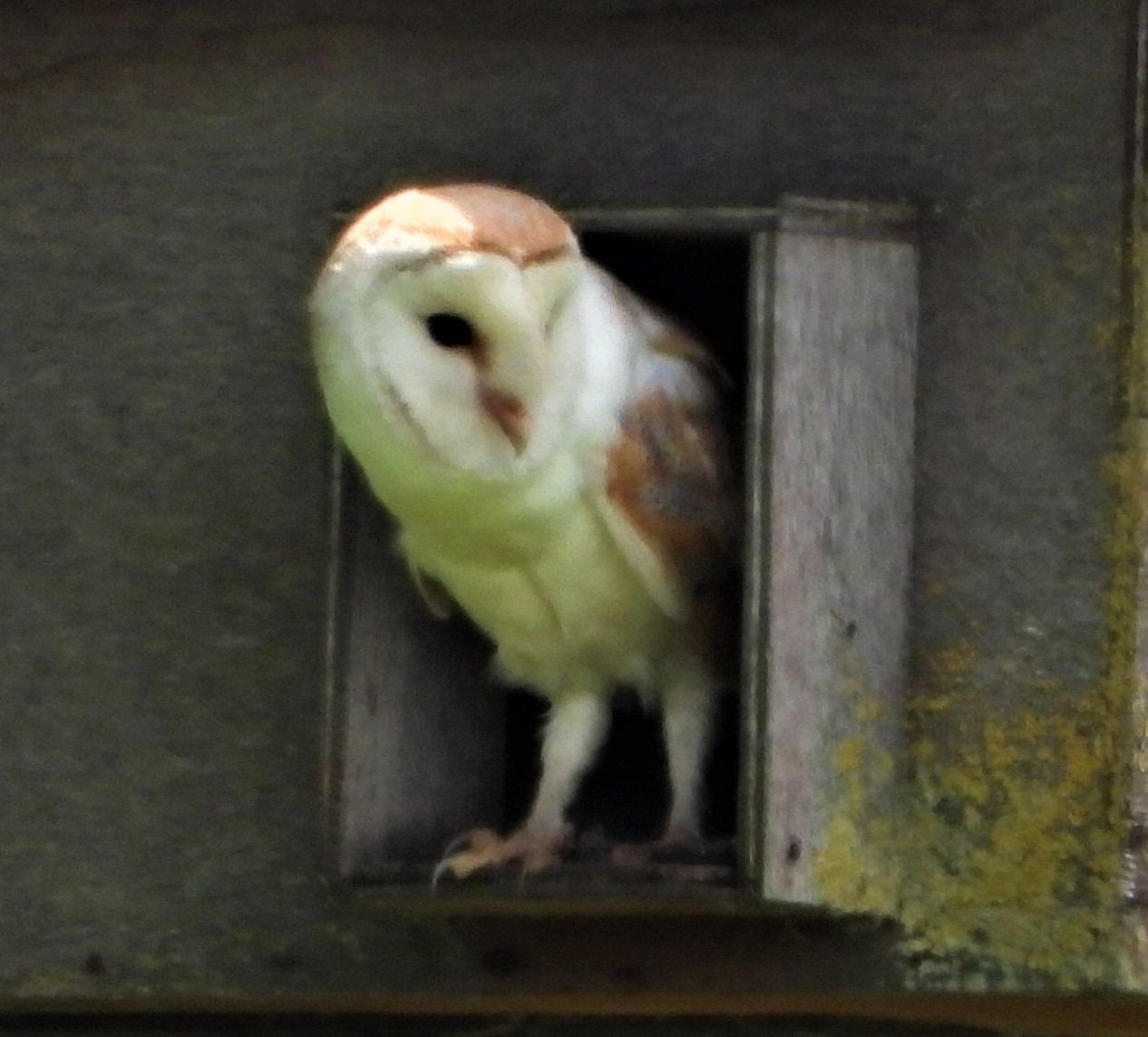 A Male Barn Owl was seen and photographed at the entrance to it’s Box in Area 10 by Geoff Emmett. A Female Blackcap was seen carrying food by the path from the car park field and 2 Swift were seen over Black Swan Lake and the DAC by Richard Marsh. Photo courtesy of Geoff Emmett.
A Male Barn Owl was seen and photographed at the entrance to it’s Box in Area 10 by Geoff Emmett. A Female Blackcap was seen carrying food by the path from the car park field and 2 Swift were seen over Black Swan Lake and the DAC by Richard Marsh. Photo courtesy of Geoff Emmett.
19/06/19
2 House Martin were seen feeding over Ludgrove School in Area 1 at Lunchtime. The male Black Redstart was singing at midday in the big oak on the other side of Queens Road from Bovis homes entrance in Area 7 and a Little Egret flew over seen by Adam Bassett.
18/06/19
Over my Area 5 garden a solitary Swift was feeding.The first seen for quite a while.
17/06/19
In Area 10 over the car park field a Common Buzzard was pursued by at least 150 Corvids mainly Jackdaws seen by Richard Marsh.
16/06/19
The male Black Redstart was seen again by Paul O'Neill at the new Bovis devlopment off Queens Road in Area 7, also seen by Paul was a Little Egret in the Ashridge Stream at Toutley Road.
In Area 1 between the rain showers by Ludgrove School a Little Owl was heard calling ,3 Swallow were feeding in the Cow fields, Buzzard and Red Kite were enjoying the thermals. In the fields Carrion Crow , Jackdaw and Rook were all feeding benefitting from the softer ground. 3 Canada Goose and a Stock Dove were also in the field.
13/06/19
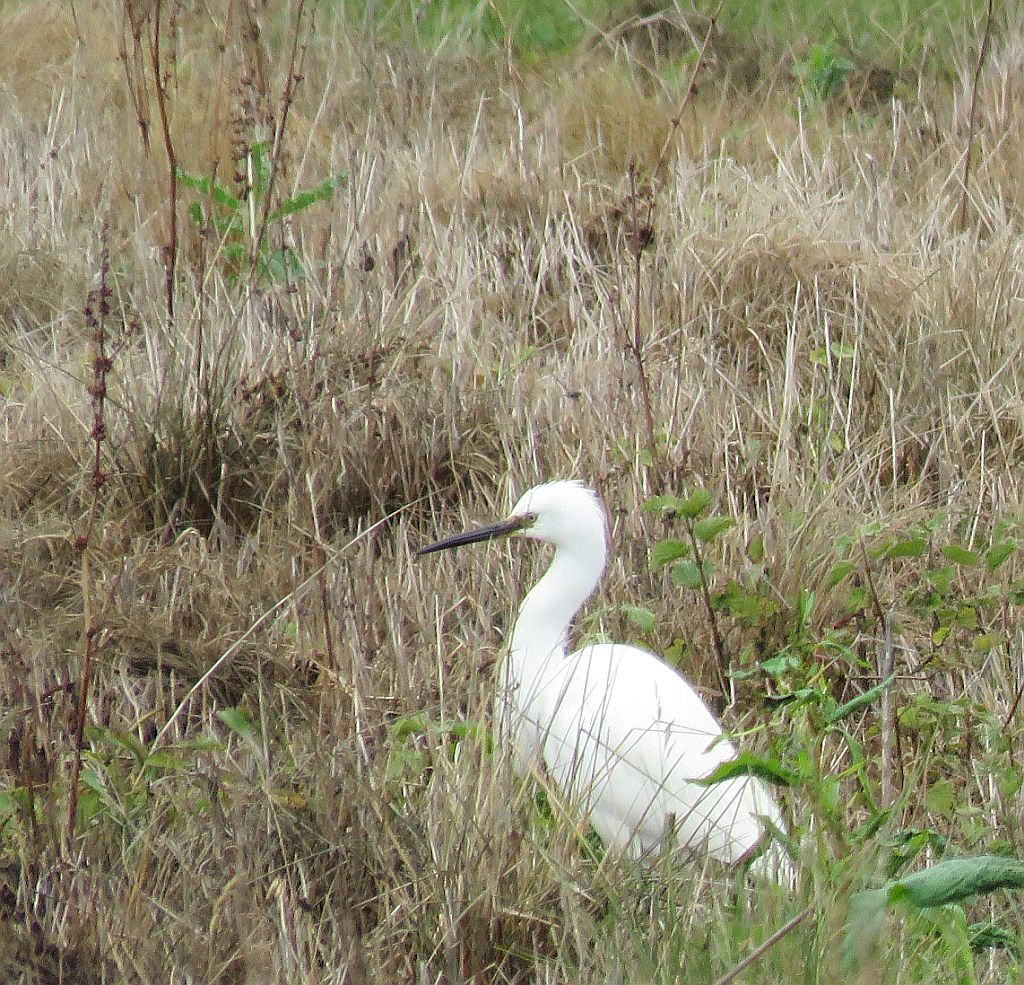 At Old Forest Meadows in Area 8 a Little Egret , Magpie and Carrion Crow were all feeding in a flooded corner of the field. A male Whitethroat and Chiffchaff were singing from the bushes and a Red Kite was gliding over the reserve. The male Black Redstart was seen again early in the morning by Ralph Watts at the new Bovis devlopment off Queens Road in Area 7.
At Old Forest Meadows in Area 8 a Little Egret , Magpie and Carrion Crow were all feeding in a flooded corner of the field. A male Whitethroat and Chiffchaff were singing from the bushes and a Red Kite was gliding over the reserve. The male Black Redstart was seen again early in the morning by Ralph Watts at the new Bovis devlopment off Queens Road in Area 7.
Birds
09/06/19
At 05:17 a male Cuckoo was calling over Area 5 to the rear of Morrisons. In Area 7 a Grey Wagtail was seen at the new Bovis devlopment in Area 7, along with a Kestrel , the male Black Redstart was still singing and a Little Ringed Plover was seen flying around by John Morgan.
08/06/19
The male Black Redstart was still singing and seen at the new Bovis devlopment in Area 7, along with a Kestrel by Finley Hutchinson.
07/06/19
Another sign of breeding success was a juvenile Robin popping down to my garden feeders this morning.The male Black Redstart was still singing and seen at the new Bovis devlopment in Area 7, early morning by Paul O'Neill and 2 Swallow were seen feeding over the grass in Area 1 in the Cow field at Ludgrove despite the rain.
06/06/19
The male Black Redstart was heard singing and seen at the new Bovis devlopment in Area 7, early morning by Paul Bright Thomas.
04/06/19
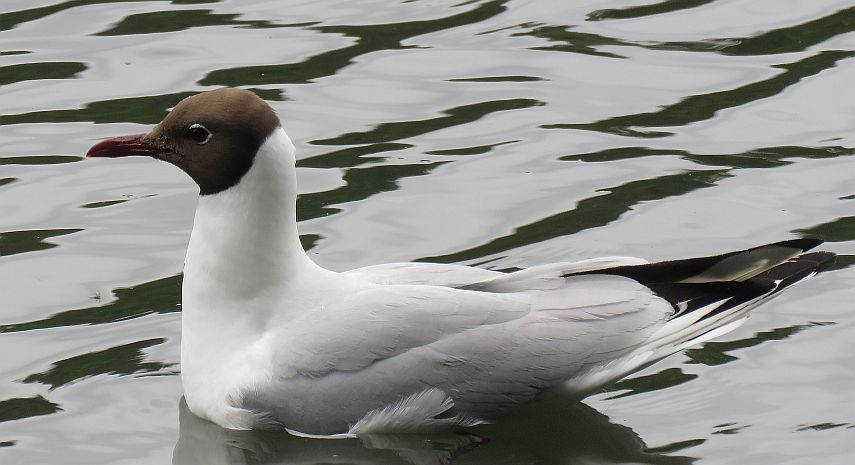 A visit was made to Heathlake in Area 1. Once again it was very quiet. Seen were a solitary Black-headed Gull , Great crested Grebe , Coot , Grey Heron and a pair of Mute Swan with 6 cygnets. The male Black Redstart was seen again early in the morning before the Construction site started work on scaffolding by Gary Randell at the new Bovis devlopment in Area 7.
A visit was made to Heathlake in Area 1. Once again it was very quiet. Seen were a solitary Black-headed Gull , Great crested Grebe , Coot , Grey Heron and a pair of Mute Swan with 6 cygnets. The male Black Redstart was seen again early in the morning before the Construction site started work on scaffolding by Gary Randell at the new Bovis devlopment in Area 7.
03/06/19
The male Black Redstart was seen again early in the morning on rooftops at the new Bovis devlopment in Area 7 and a Little Egret was
fishing in the Emm Brook near the Area 10 play area at Dinton Pastures by Bob Bennett.
02/06/19
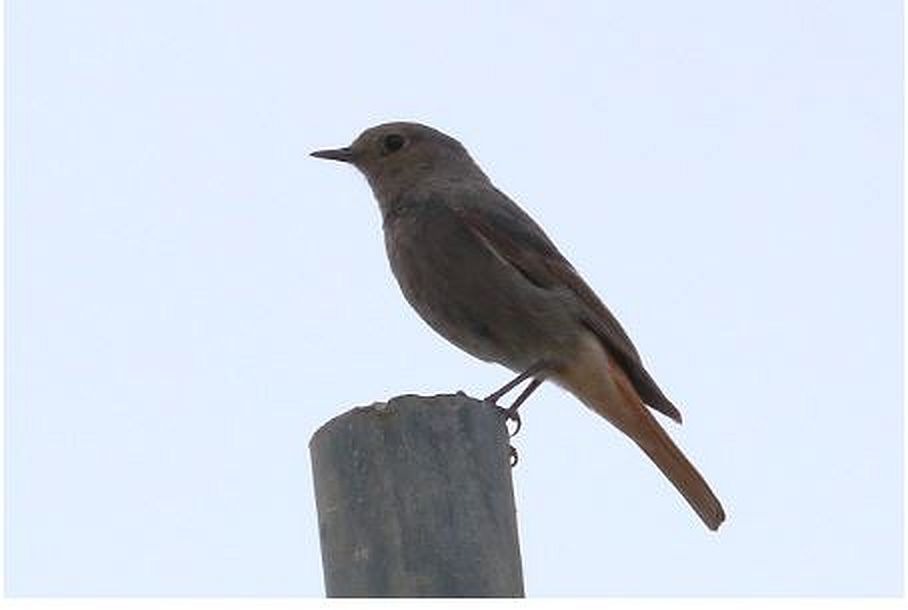 Another month and another first for the FOTEB list, a male Black Redstart was heard singing and seen on rooftops at the new Bovis devlopment in Area 7, found by Paul O'Neill. Photo courtesy of Andy Tomczynski. 2 Swift were also seen flying overhead. A Little Egret was seen feeding in the Emm Brook at Toutley bridge on Old Forest Road and in Area 10 and a Coal Tit was heard calling near the Activity Centre by Fraser Cottington.
Another month and another first for the FOTEB list, a male Black Redstart was heard singing and seen on rooftops at the new Bovis devlopment in Area 7, found by Paul O'Neill. Photo courtesy of Andy Tomczynski. 2 Swift were also seen flying overhead. A Little Egret was seen feeding in the Emm Brook at Toutley bridge on Old Forest Road and in Area 10 and a Coal Tit was heard calling near the Activity Centre by Fraser Cottington.
01/06/19
A Lesser Whitethroat was heard singing on Old Forest Road in Area 8 by Paul O'Neill.










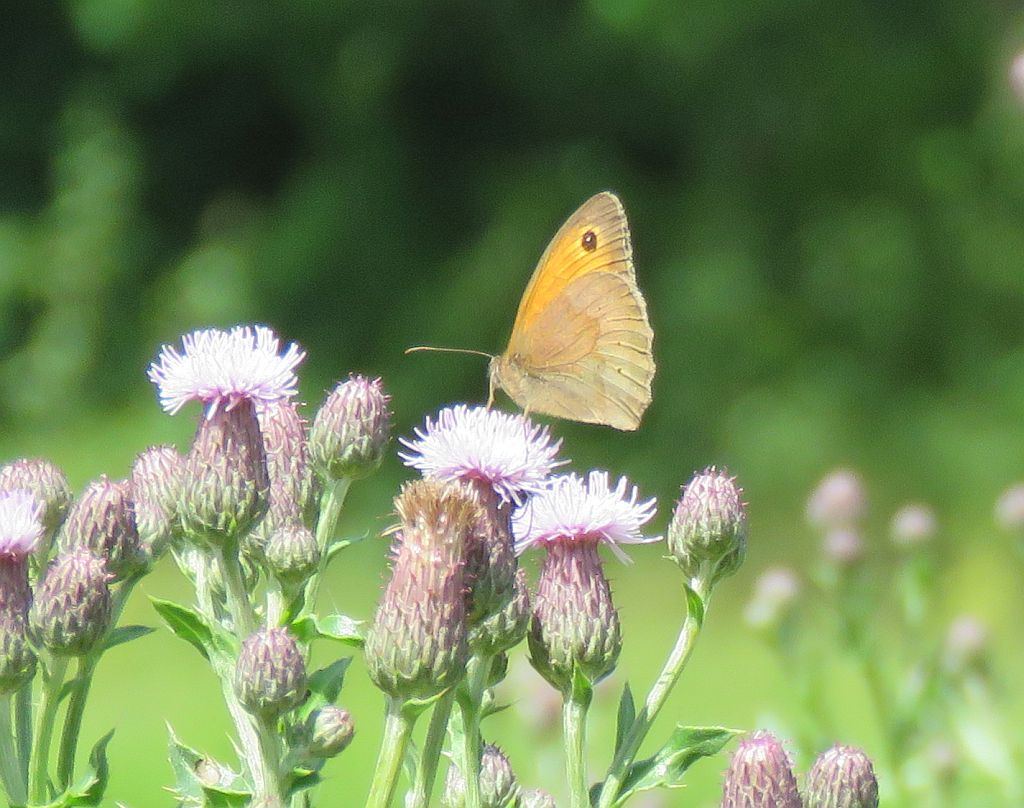

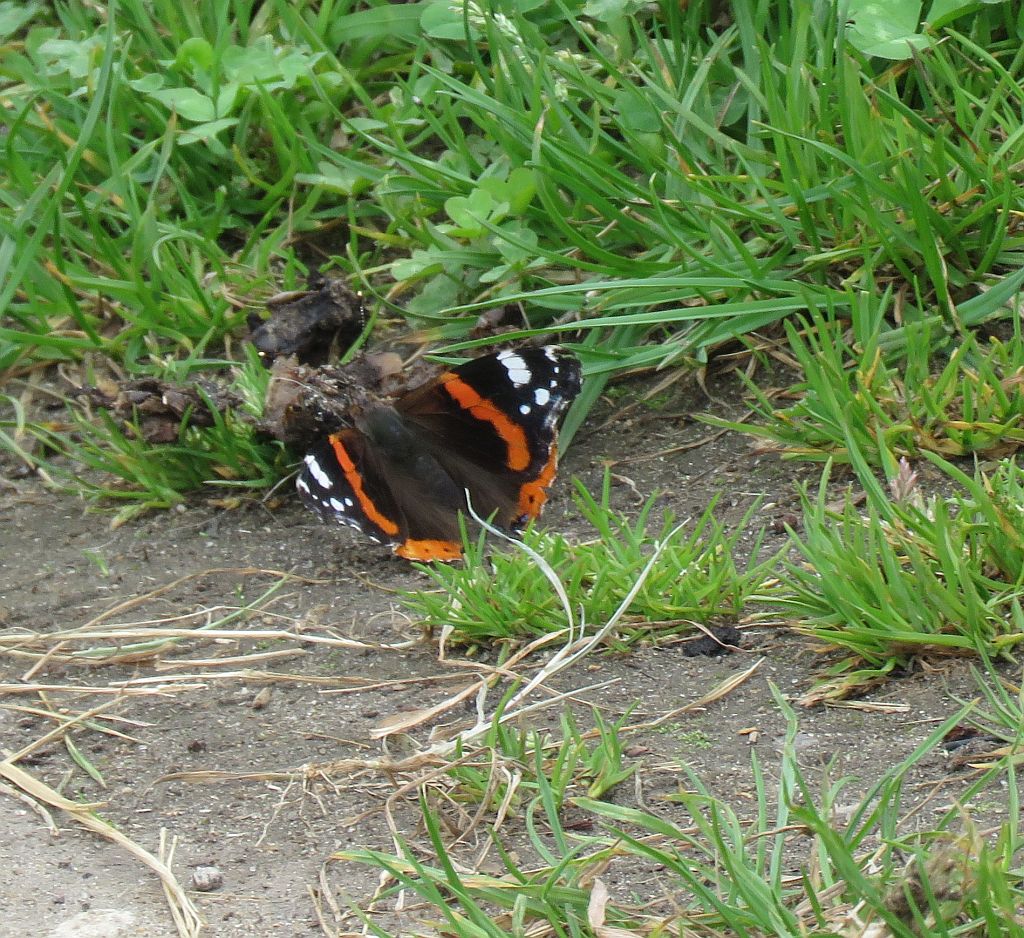
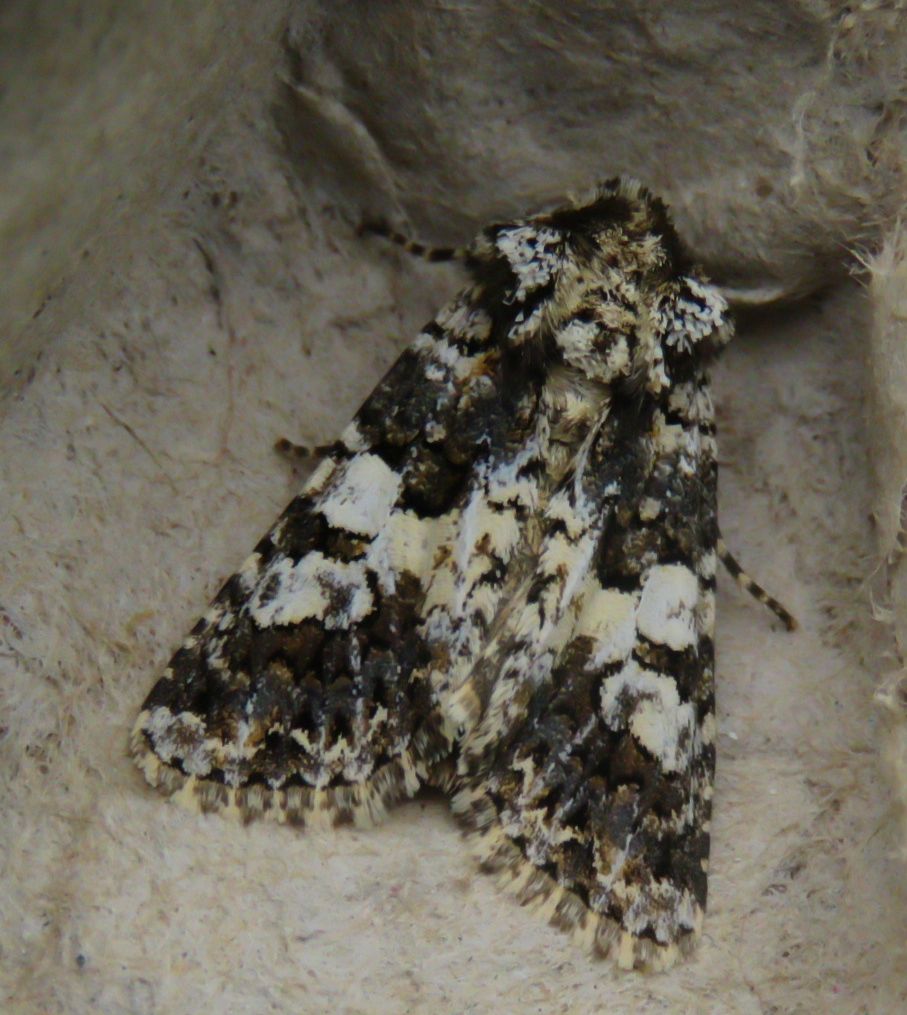

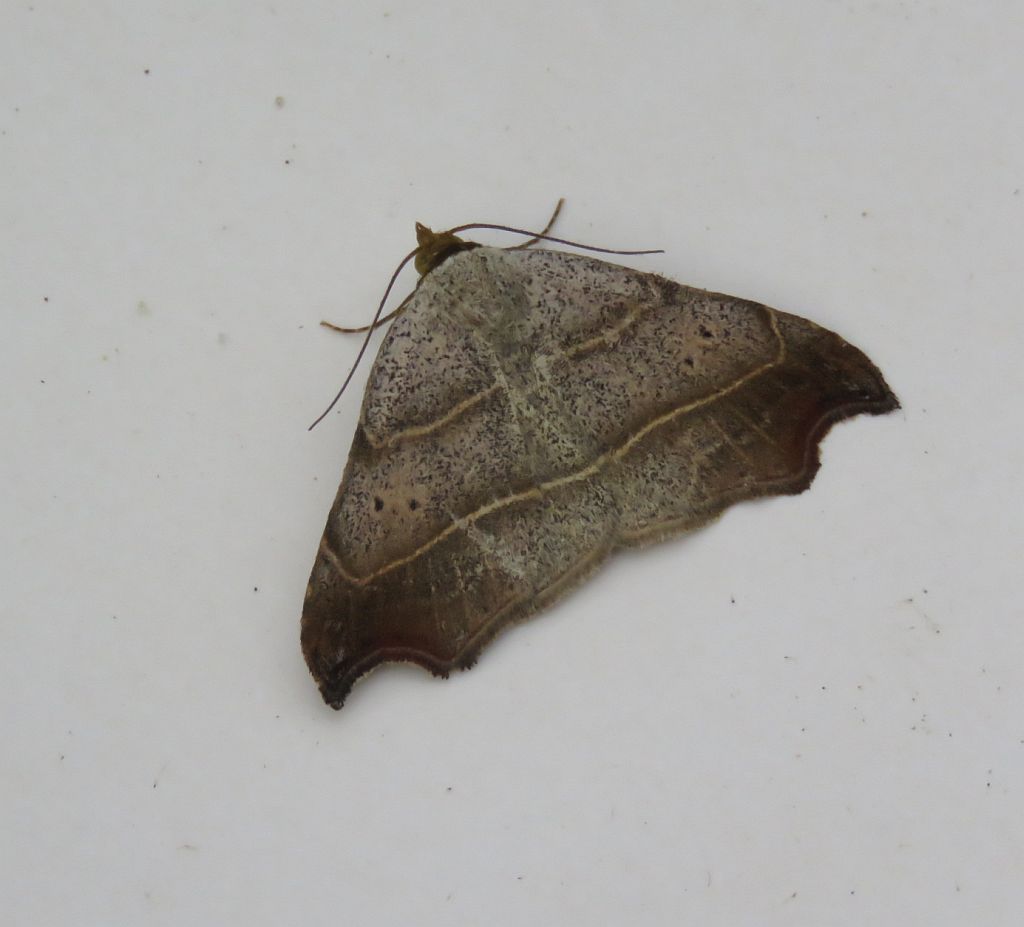
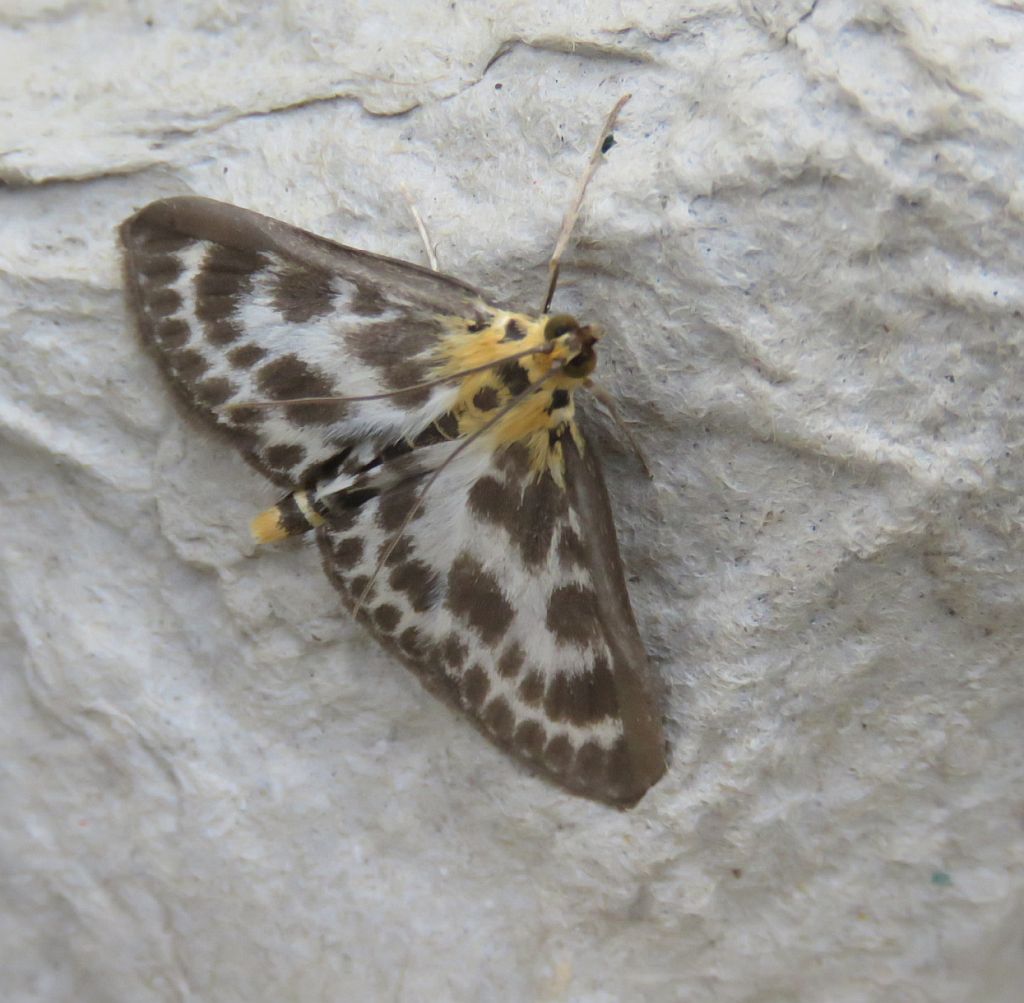

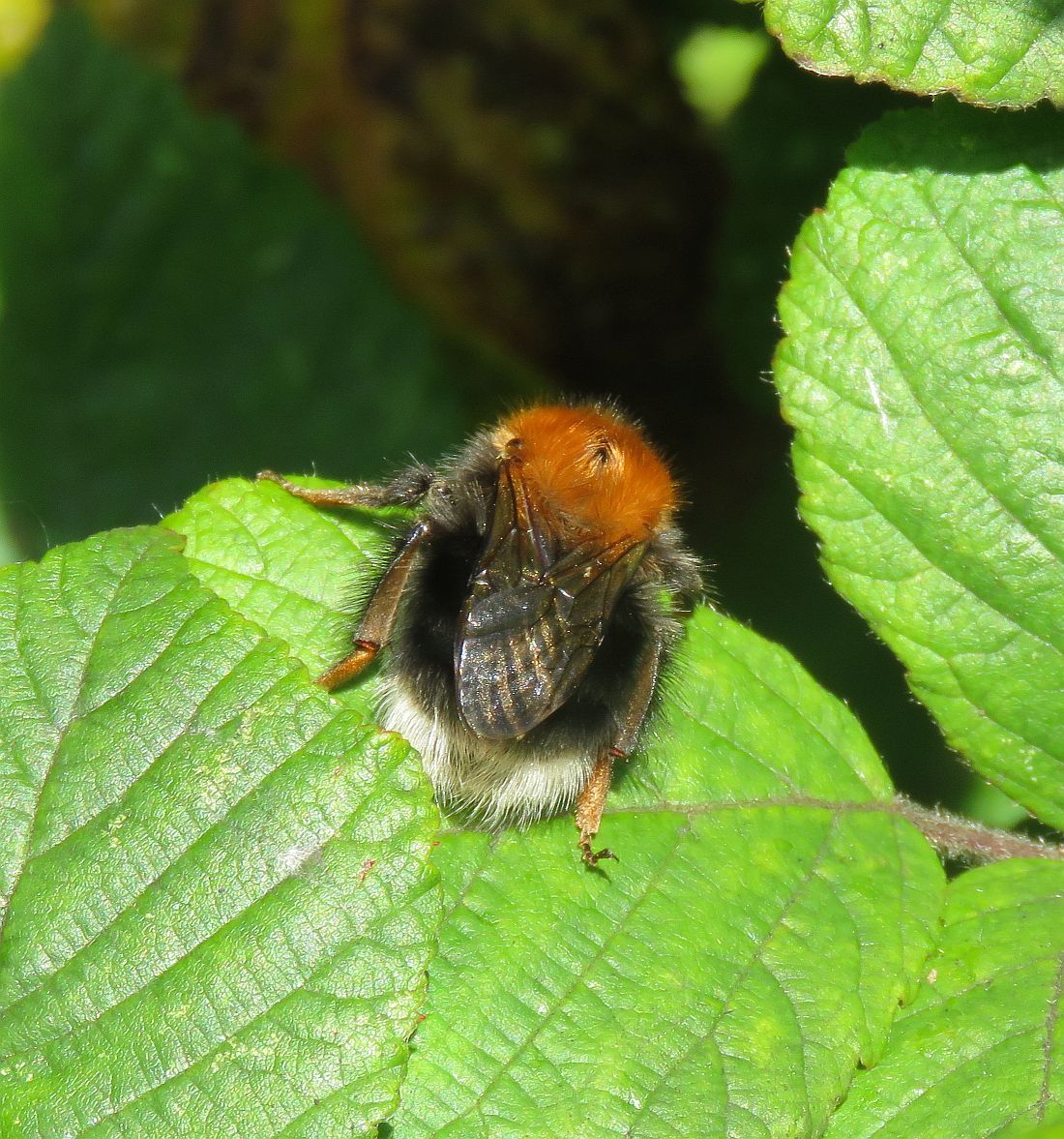
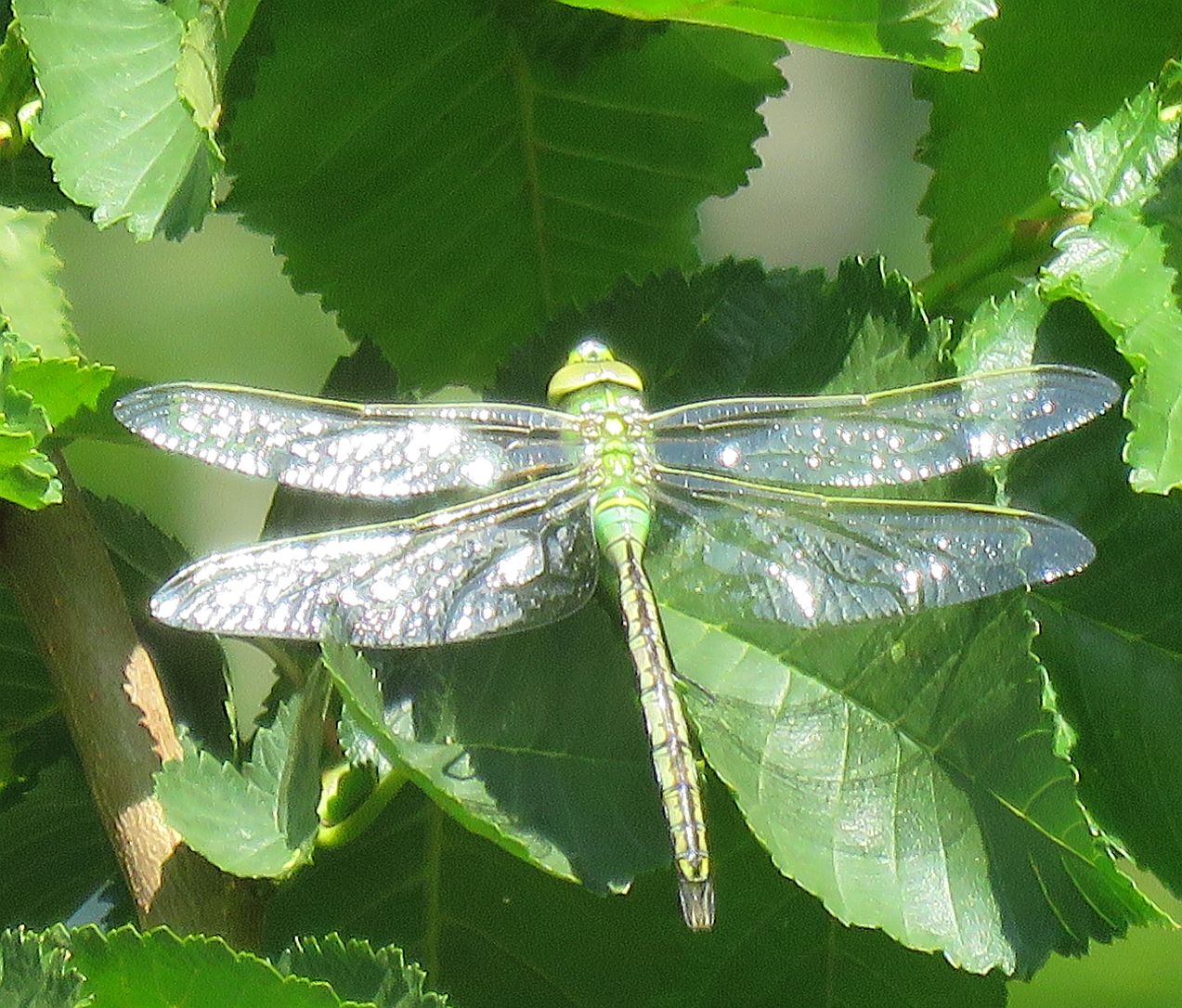
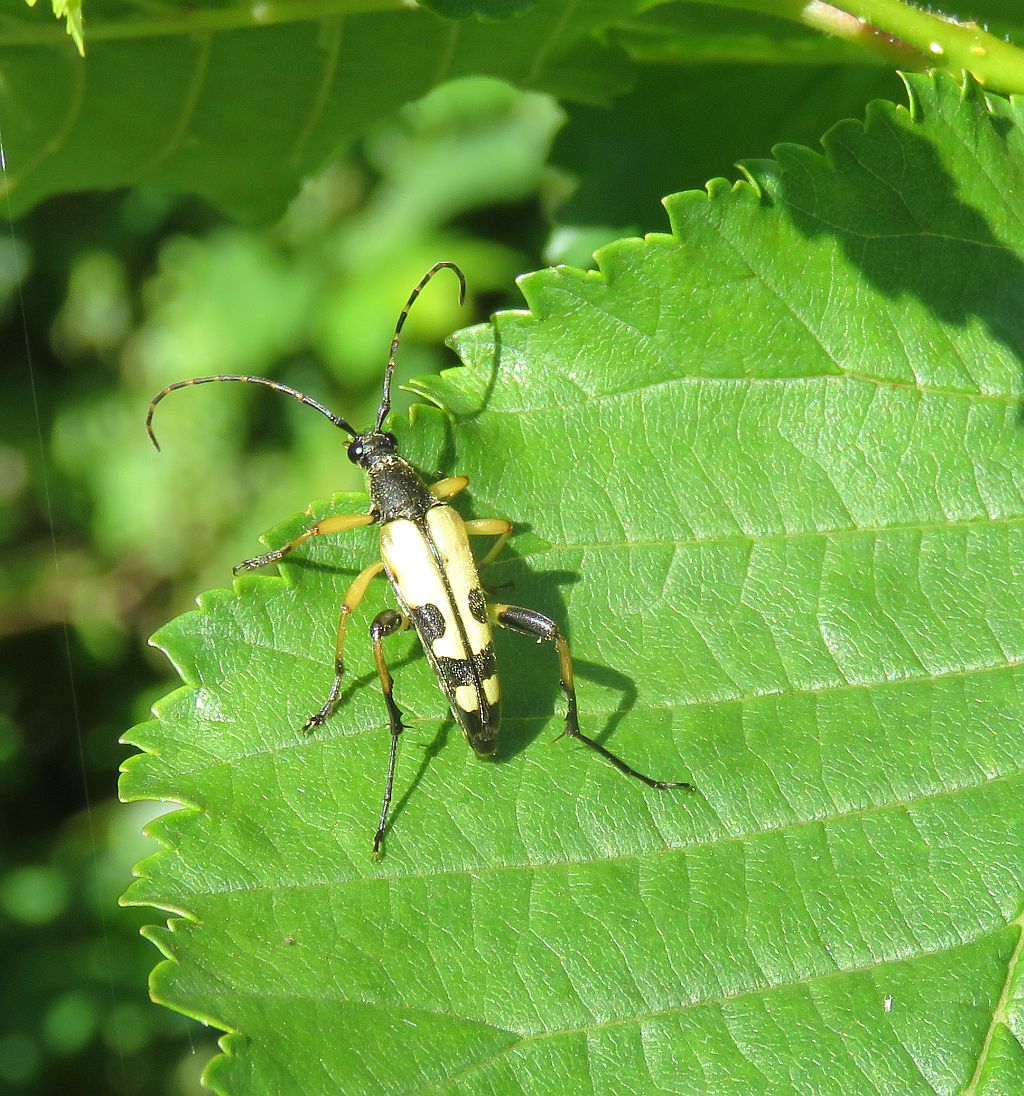


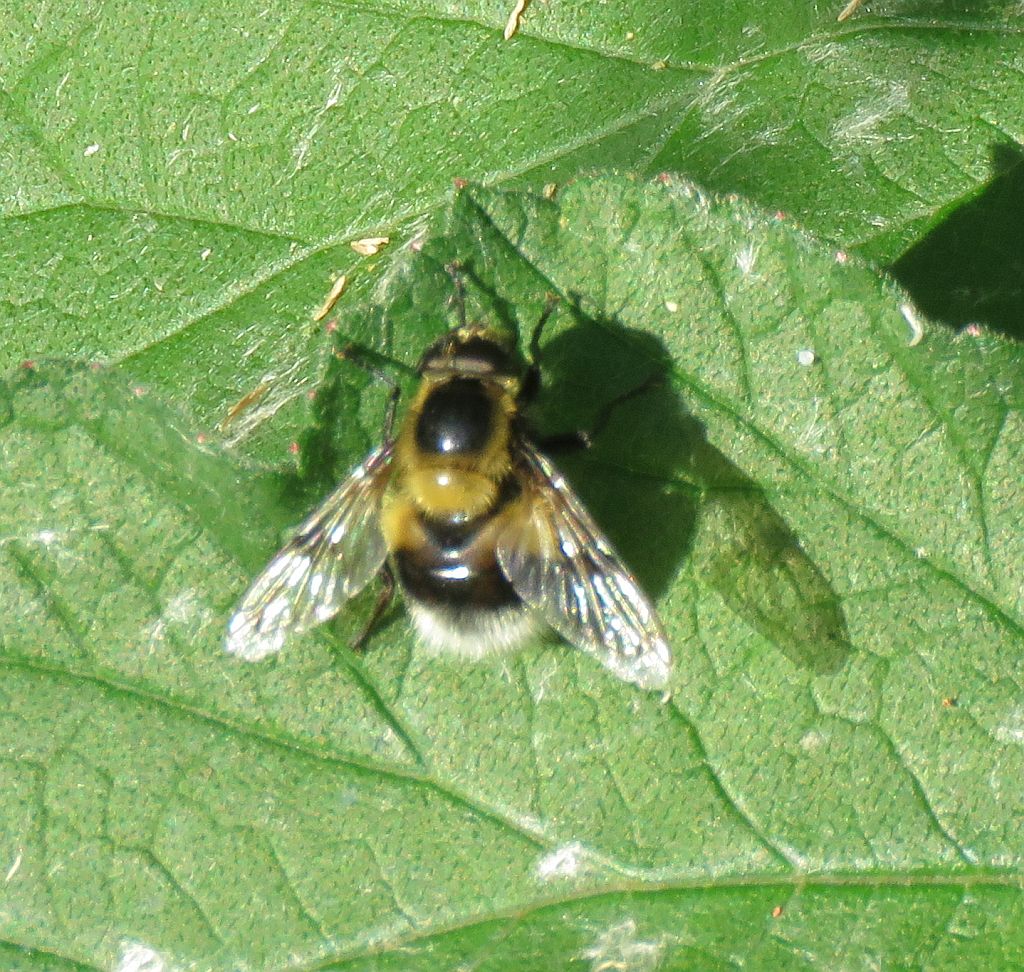

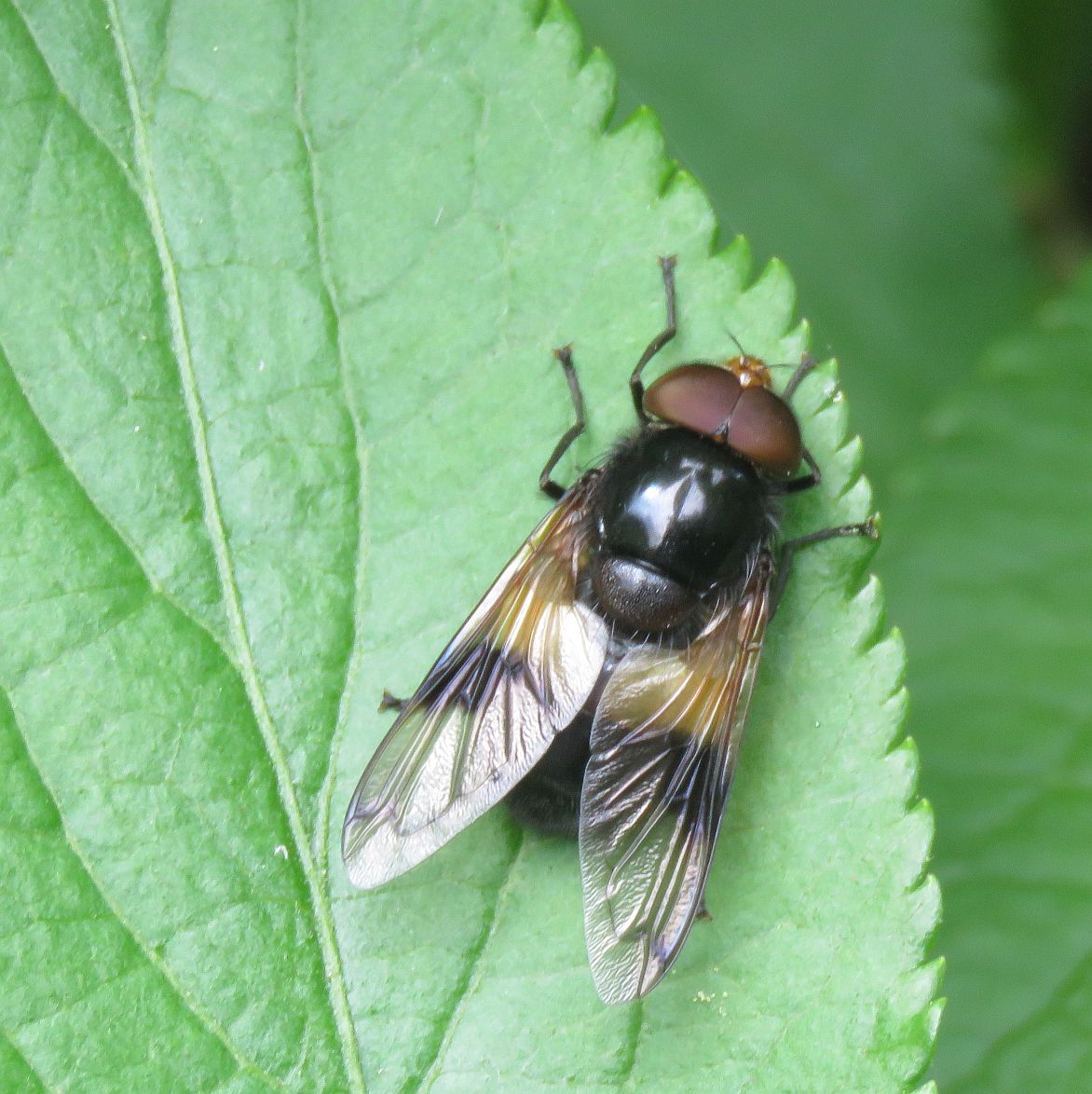


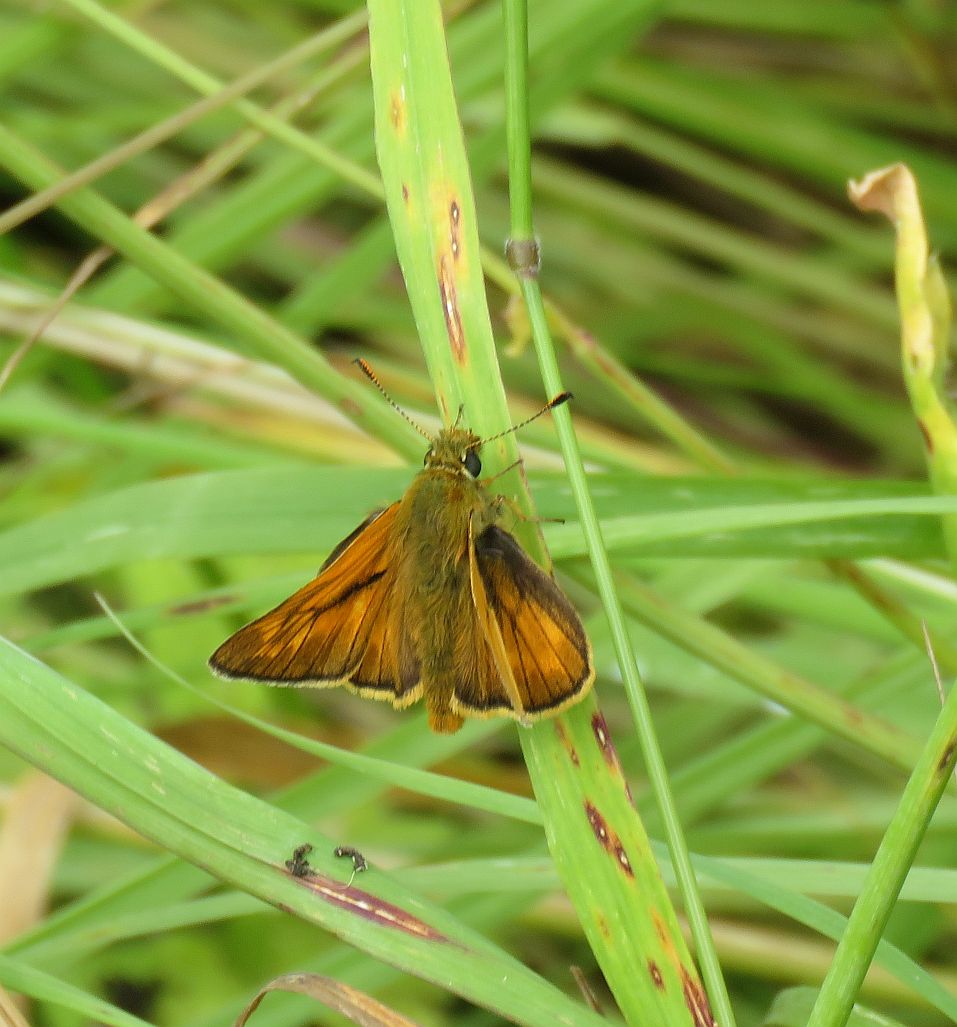

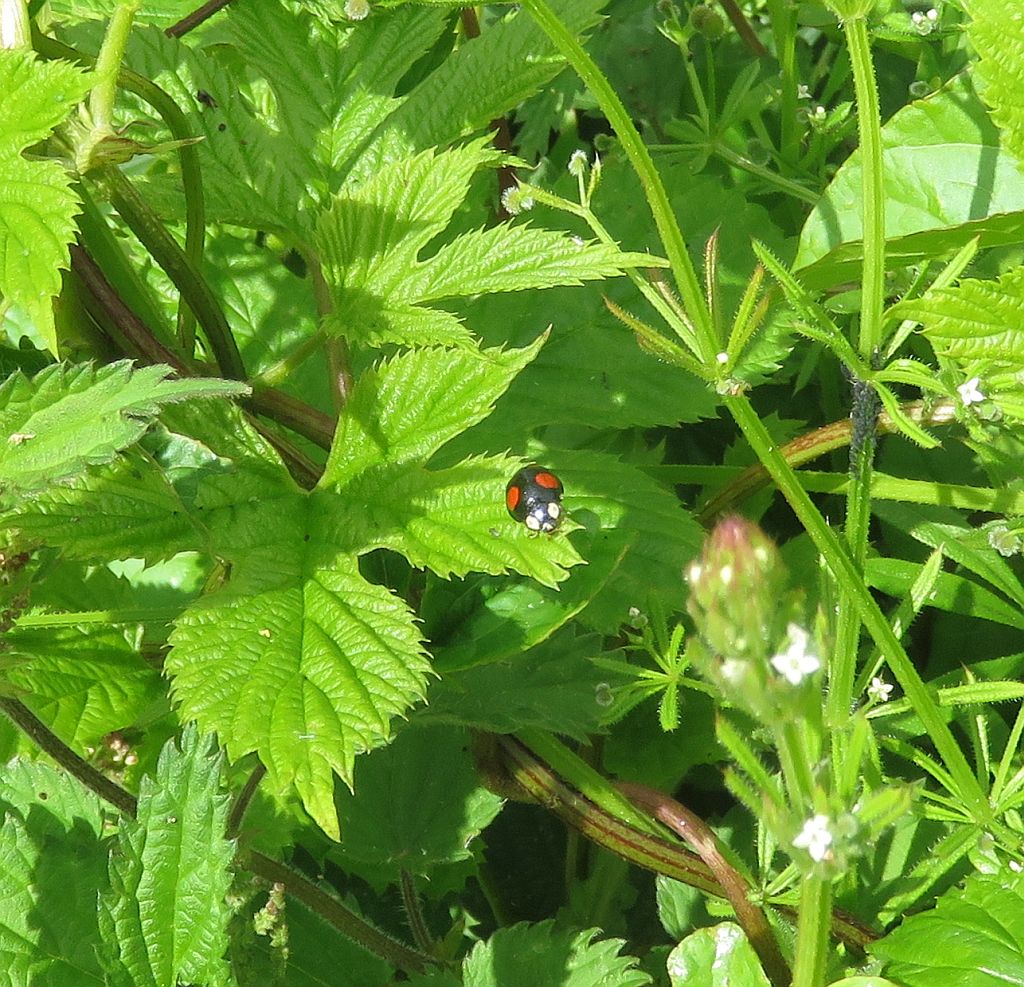
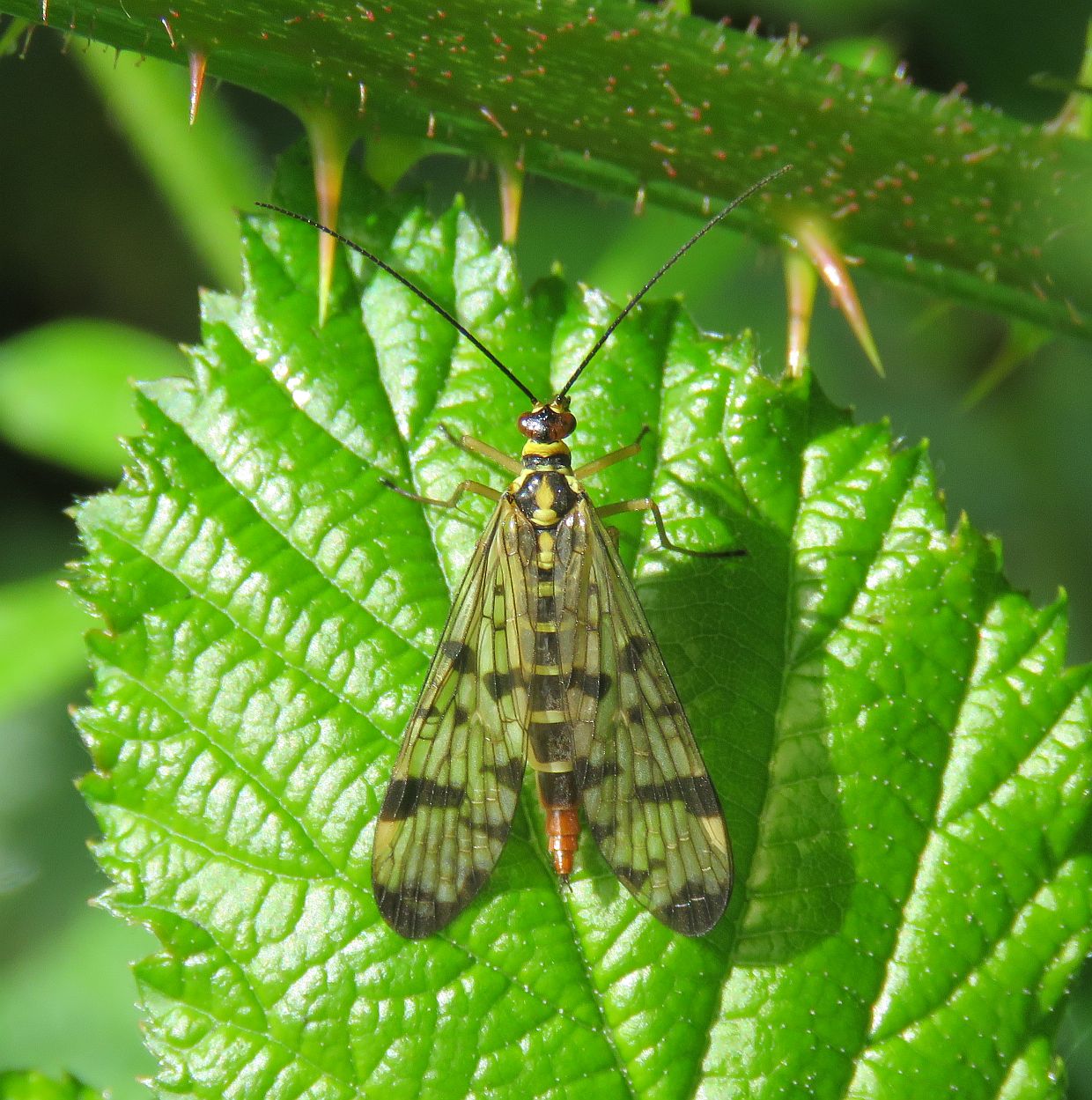
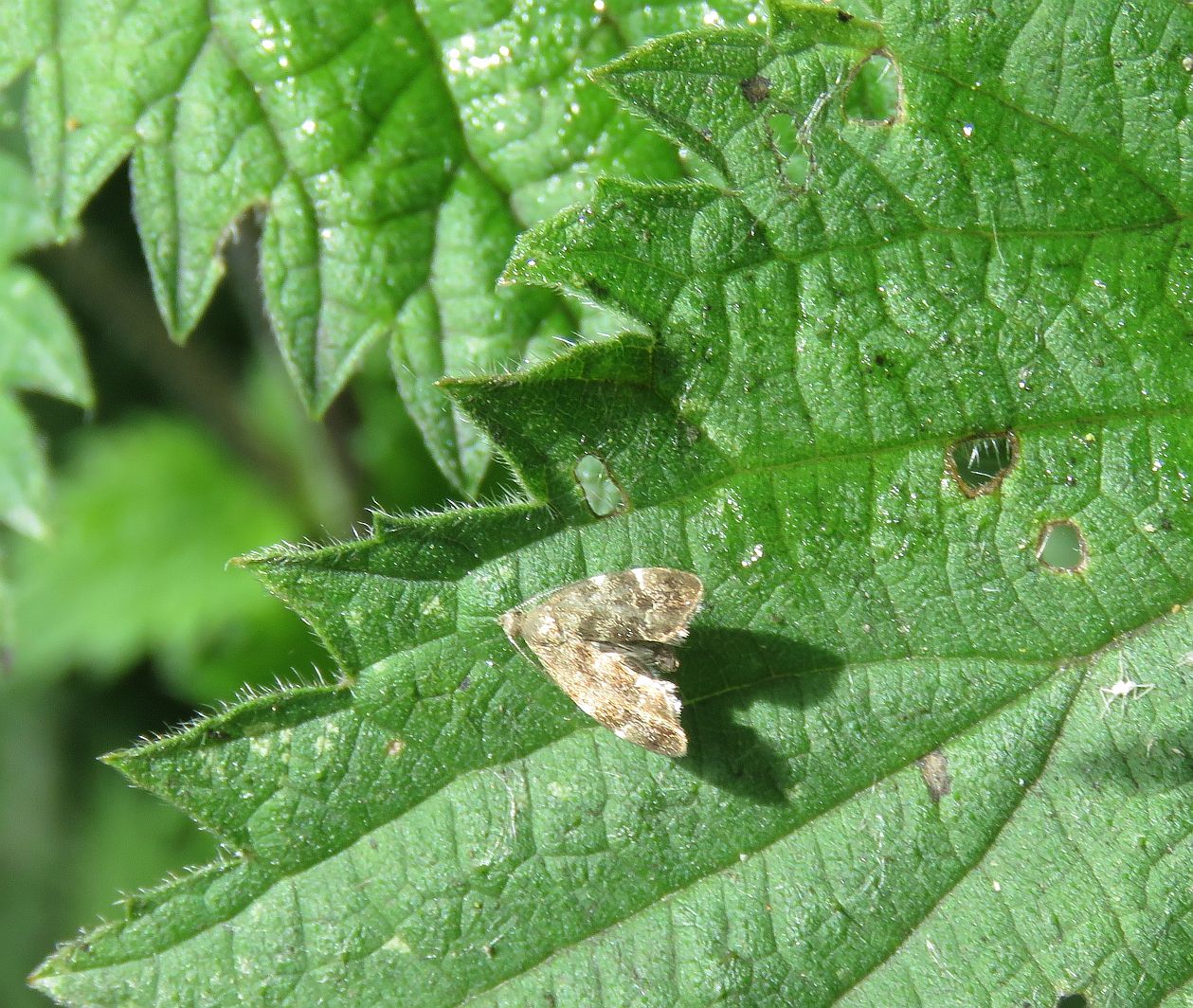
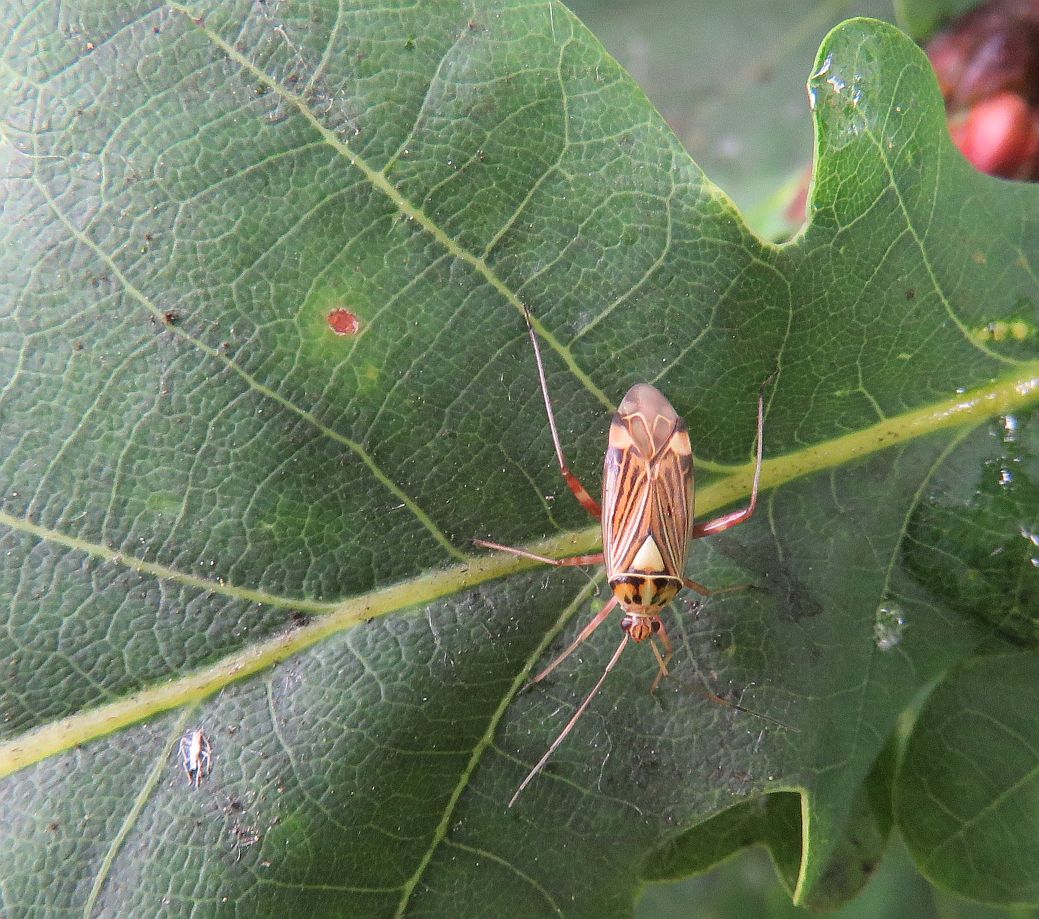
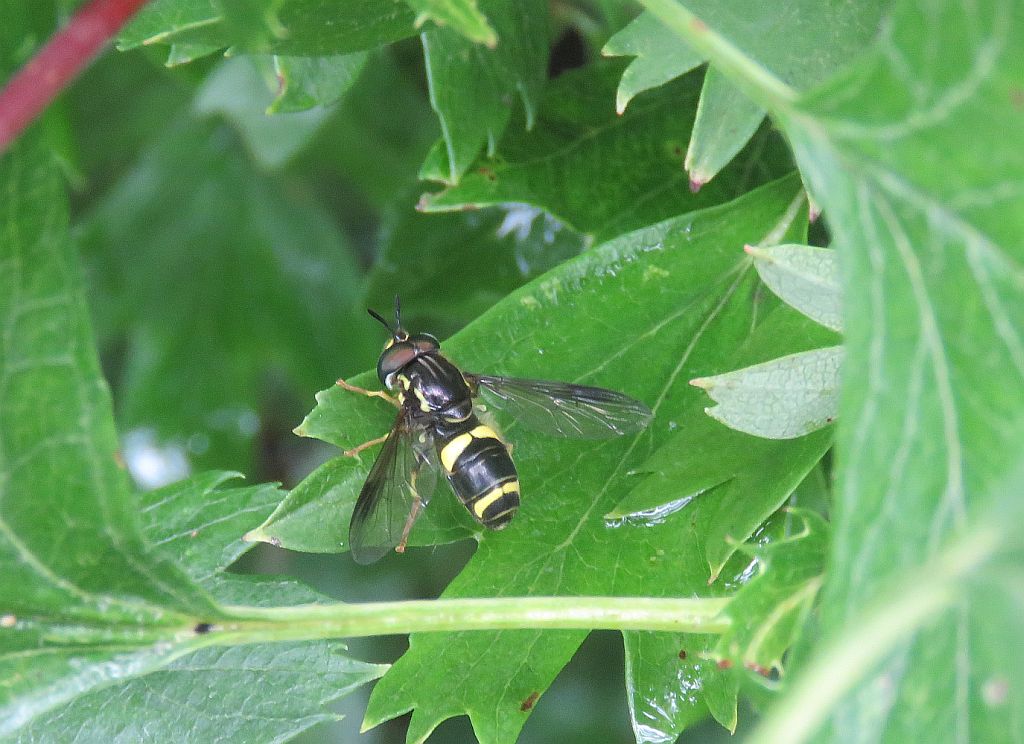

3627.jpg)
